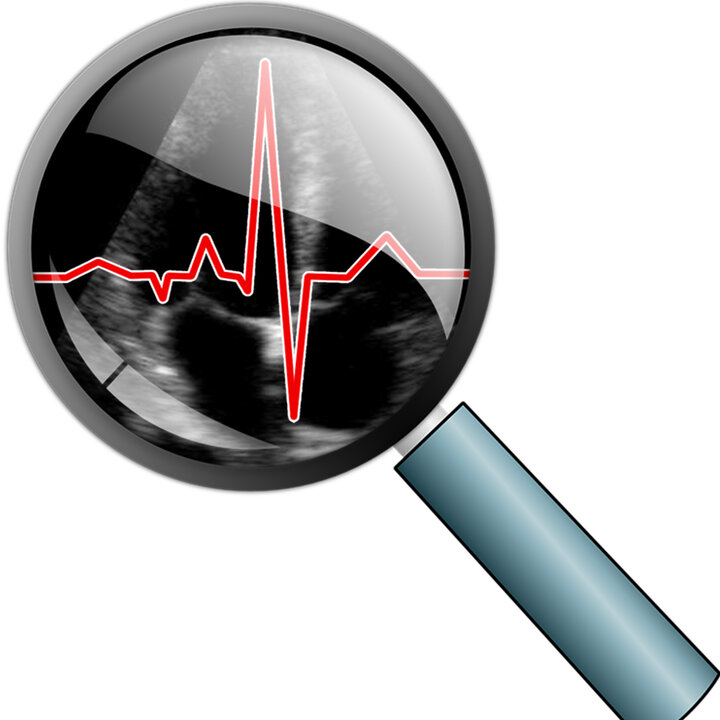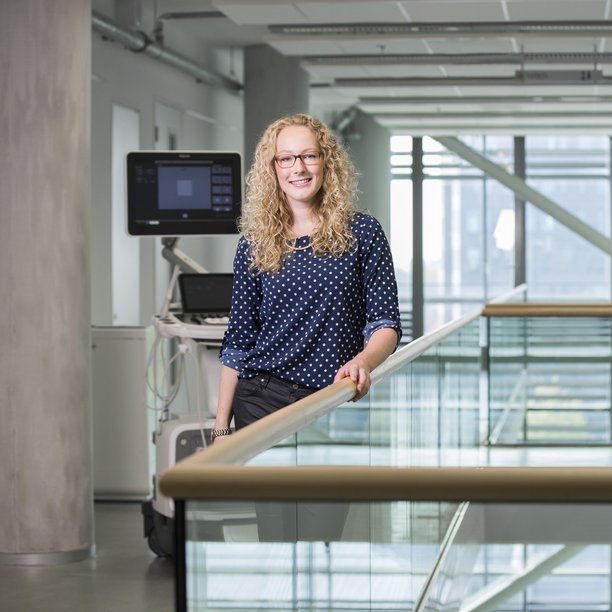Research Profile
The Biomedical Diagnostics (BM/d) Research Laboratory develops algorithms for the interpretation of biomedical signals and data acquired with a variety of sensors, ranging from ultrasound and magnetic resonance imaging, up to electrophysiological and photoplethysmographic recording. The lab positions itself on the edge between data-driven and physics-driven analysis through a continuous effort towards understanding the application domain and modeling the full measurement chain: (patho)physiological sources, sensing physics, and signal acquisition. To this end, research is carried out in tight collaboration with our clinical and industrial partners. The main application areas are oncology, cardiovascular, gynecology-perinatology, sleep, perioperative care, neurology, and neuromuscular research. The lab is chaired by Prof. Mischi and supported by a multidisciplinary team integrating expertise in modeling (Dr. Turco), Bayesian inference (Dr. Vullings), active inference (Dr. van Sloun), image analysis (Dr. Zinger), multimodal image fusion (Dr. Fernandes), machine learning (Dr. Xi Long), signal processing (Dr. Peri), and clinical translation (Dr. van Gilst).
Research Domains
Meet some of our Researchers
News


![[Translate to English:] [Translate to English:]](https://assets.w3.tue.nl/w/fileadmin/_processed_/0/6/csm_Pilmeyer%20Banner%20BvOF%20sluitstuk%20Jesper%20Pilmeyer_c2fad4bac5.jpg)



Recent Publications
Our most recent peer reviewed publications
Contact
-
Visiting address
FluxGroene Loper 35612 AE EindhovenNetherlands -
Postal address
Department of Electrical EngineeringP.O.Box 5135600 MB EindhovenNetherlands -
Secretary
-
Teamlead
Teamlead

